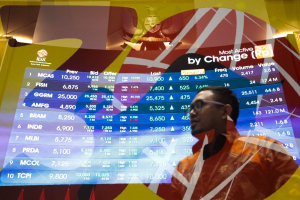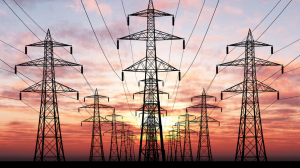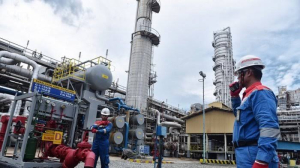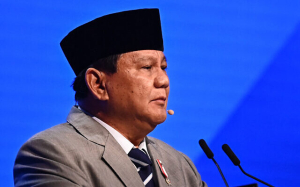Danantara asked to invest in renewable energy to restore credibility
The Daya Anagata Nusantara Invesment Management Agency (Danantara) should prioritize investments in renewable energy in response to public scrutiny over its perceived lack of contributions and potential risks to Indonesia’s economy, experts have suggested.
Tata Mustasya, Executive Director of the Sustainable Welfare Foundation Indonesia (SUSTAIN), said Danantara should follow the path of Singapore’s sovereign wealth fund, Temasek, which allocated approximately US$32.6 billion − 11 percent of its total portfolio − to sustainable investments last year.
Meanwhile, China and Vietnam serve as models in renewable energy development. In 2024, China broke records in solar and wind power installations, contributing 58 percent of global solar expansion with over 700 GW of installed capacity. Vietnam has also led Southeast Asia in solar energy, adding 13 GW since 2017 through progressive policies. Other countries like Thailand, the Philippines, and Malaysia are also advancing their solar capacity.
Indonesia aims to generate 23 percent of its energy from renewable sources by 2025, requiring an estimated US$37 billion in investment. SUSTAIN’s calculations suggest that this funding could be sourced from additional coal levies, potentially generating US$23.58 billion per year.
Concerns persist that Danantara will primarily invest in extractive industries like coal. However, the Prabowo Subianto administration has pledged in international forums such as the G20 to achieve net-zero emissions before 2050. Investment in renewables would bolster energy security and expand energy access.
“If the government insists on financing extractive projects like coal gasification through Danantara, it will burden the economy and lock Indonesia into high emission levels, making net-zero emissions by 2050 impossible,” Tata said as quoted in a statement on Wednesday, March 26, 2025.
Meanwhile, the Institute for Energy Economics and Financial Analysis (IEEFA) estimates that the U.S.-backed coal gasification project could result in losses of US$377 million and require subsidies of US$ 354 per ton of dimethyl ether (DME) fuel.
Mutya Yustika, an energy finance specialist at IEEFA, highlighted that global investment trends favor sustainable projects.
She urged the government to reconsider its priorities, favoring solar and wind energy over high-risk extractive industries.
“Investing in clean energy not only provides strong returns and quick payback periods, but also strengthens Indonesia’s industrial supply chain,” she noted.
Despite Indonesia’s commitment to a clean energy transition, progress has been slow. By 2024, the country had only reached 675 MW of solar capacity, far from the 6,500 MW target set in the National Energy Plan (RUEN) for 2025.
Danantara has a strategic opportunity to play a crucial role in bridging this gap. By channeling its resources into renewable energy, it can help Indonesia meet its targets while restoring public confidence.
“This move will enhance Indonesia’s reputation and reaffirm Danantara’s commitment to sustainable development.”Abdurrahman Arum, Executive Director of Clean Transition, said.
Already have an account? Sign In
-
Start reading
Freemium
-
Monthly Subscription
30% OFF$26.03
$37.19/MonthCancel anytime
This offer is open to all new subscribers!
Subscribe now -
Yearly Subscription
33% OFF$228.13
$340.5/YearCancel anytime
This offer is open to all new subscribers!
Subscribe now






